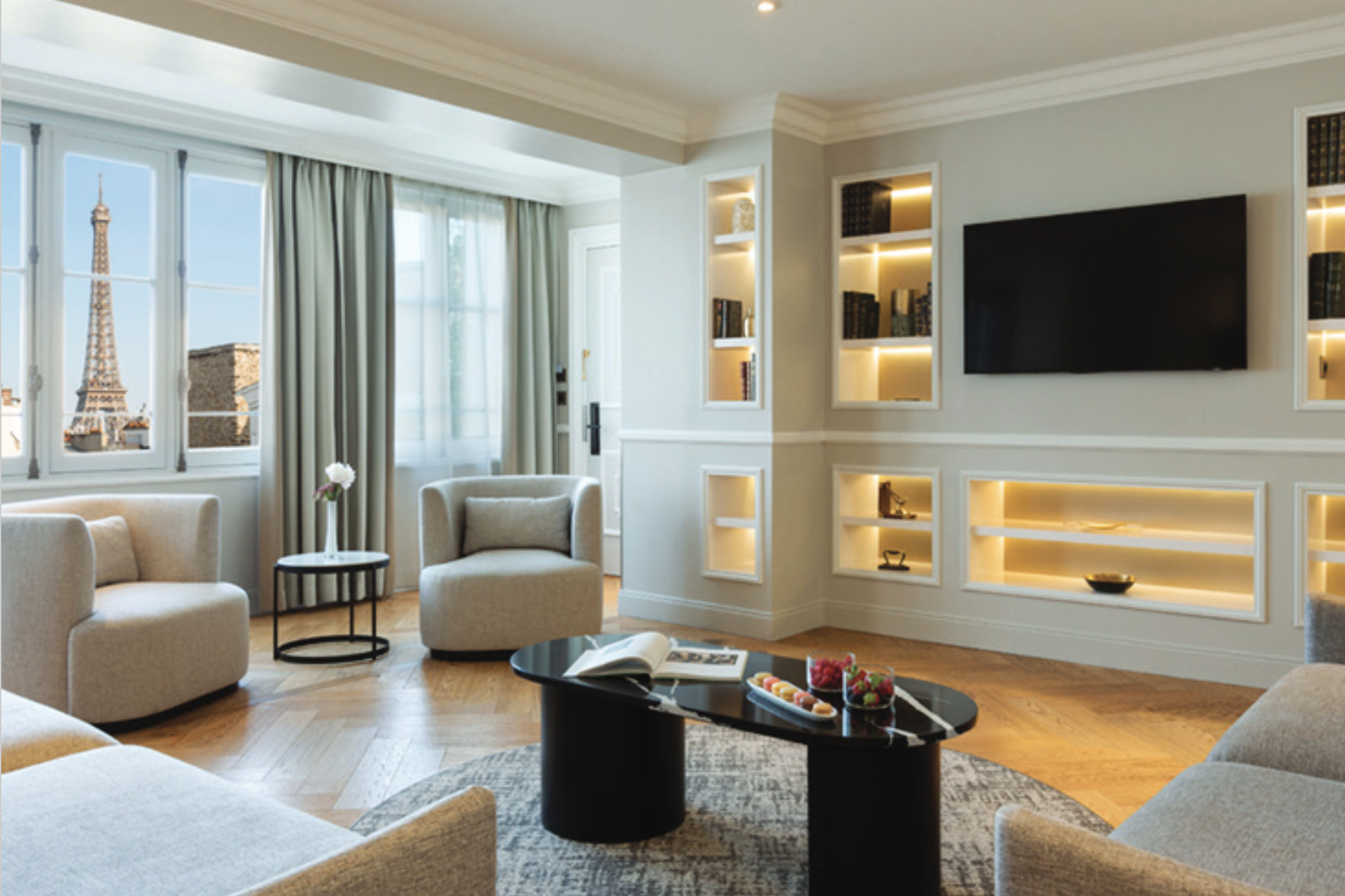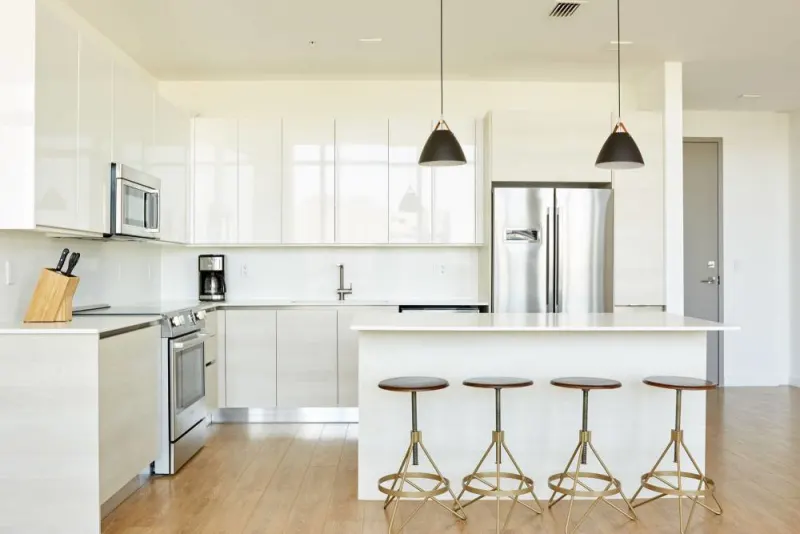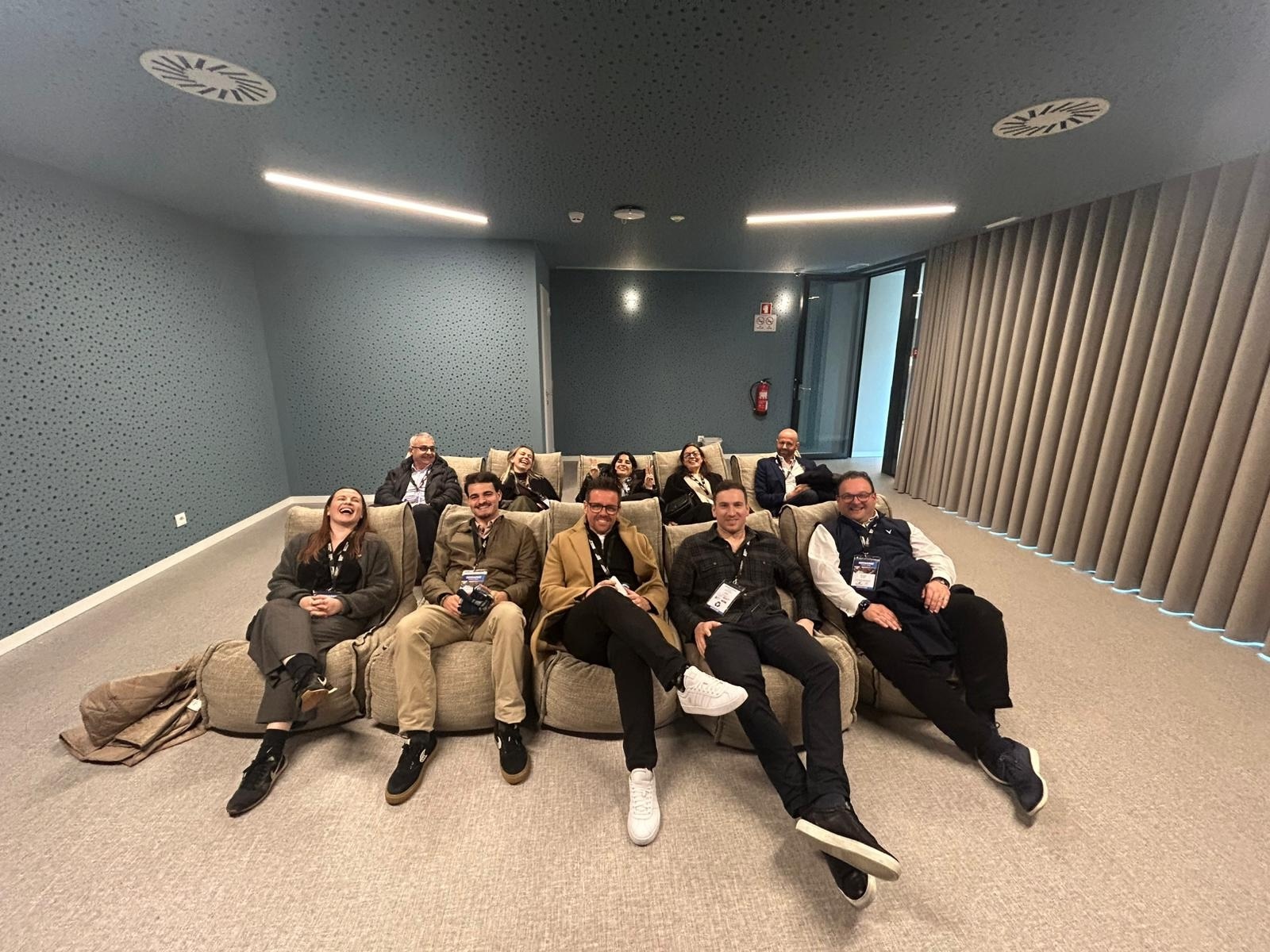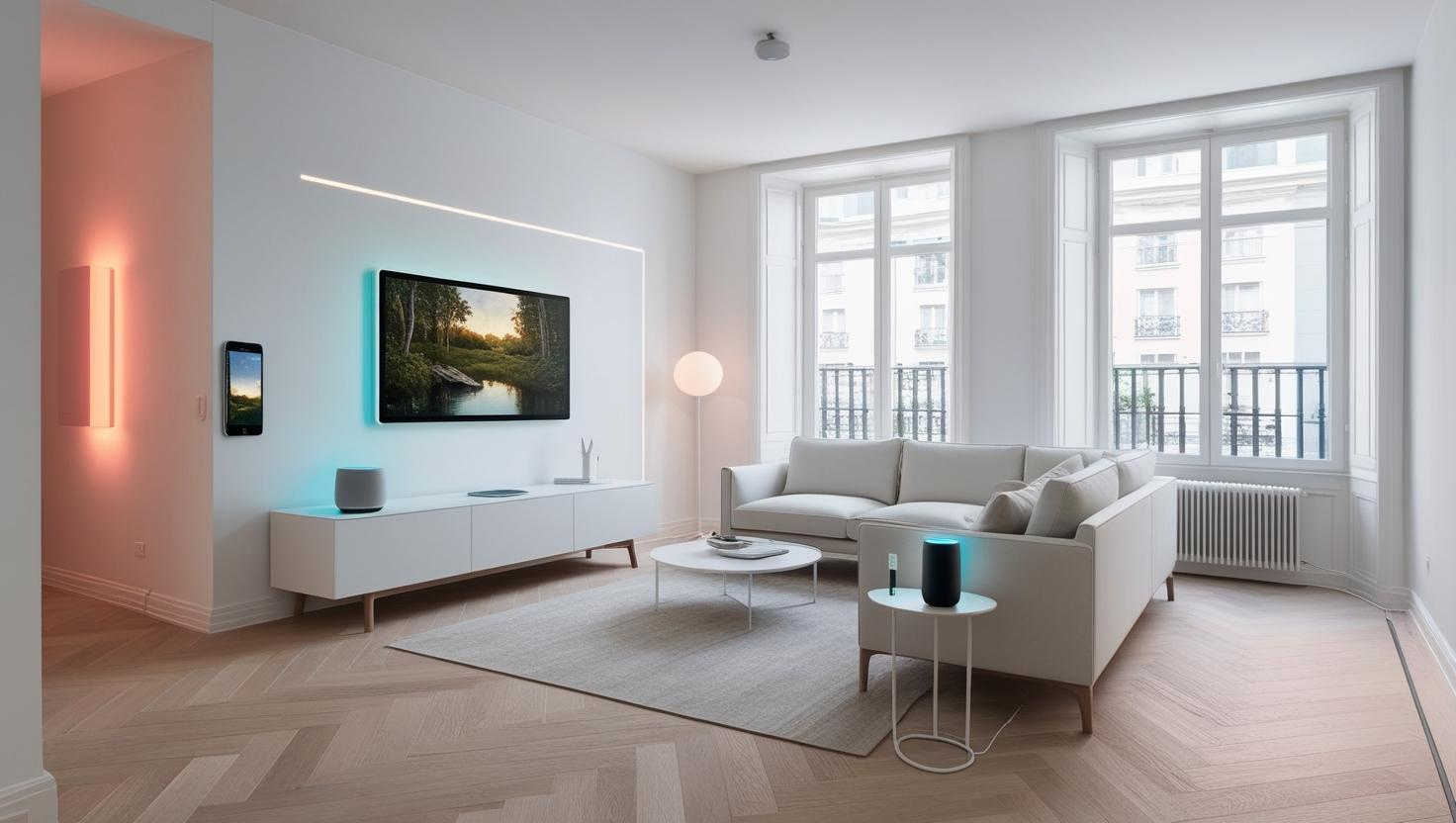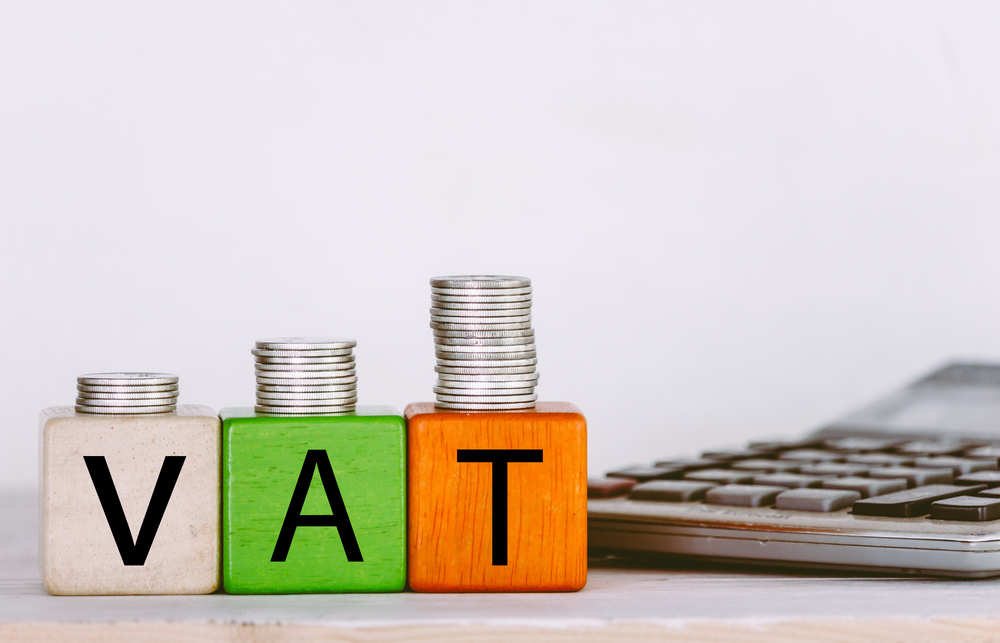
Laura Chipp of VATNAV looks at the potential for serviced apartment operators to use the TOMS scheme to reduce their VAT liability.
The treatment of serviced apartments can be a grey area for VAT purposes, and I am often asked how it can be made more efficient. Using the Tour Operators Margin Scheme (TOMS) rules can give a better VAT position for many operators, reducing VAT payable significantly. Here, I explain when the TOMS rules apply, and what they mean for you.
• What is the “normal” VAT treatment of serviced apartments?
Before I explain how TOMS may help, lets first consider the “normal” VAT treatment. The default rule is that residential property is VAT exempt, which is why you never normally see VAT on the sale of a house or your monthly mortgage or rental payments. For this same reason, you will not normally be charged VAT on the lease of your apartments. However, one of the exceptions to this “default rule” is the supply of sleeping accommodation in a hotel or “similar establishment”. “Similar establishments” for this purpose have similar characteristics to a hotel (i.e. advertised alongside hotels on a per night basis, provided furnished, typically used by visitors and travellers, etc). Where accommodation falls into this category, it is subject to VAT at the standard rate. Normally, serviced apartments fall into this category.
For example:
• Monthly cost of lease: £2,000 (VAT exempt)
• Average cost of lease per occupied night: £100* (VAT exempt)
• Selling price per occupied night: £120 (Inc. VAT of £20)
• Input VAT to recover: £0
• Output VAT to pay £20
Here, the operator leases a property for £2,000 per month. We’ll assume that the property is occupied for 20 nights, giving an average cost per night to the operator of £100. There is no input VAT to recover, so net cost is £100. The selling price of £120 includes VAT, so the operator must pay £20 output VAT to HMRC. Its net income is £100. This means that the operator needs at least a 20 per cent mark up to start making profit, without considering other costs such as overheads, laundry, etc.
• How could you optimise the VAT position using TOMS?
The TOMS rules apply in certain circumstances where travel services (such as accommodation) are bought in and sold on to the person or business using the services. The effect of TOMS is that:
• The operator is unable to recover input VAT on direct costs of sales;
• The operator charges VAT in its own EU member state (the UK) on the margin made, at the standard VAT rate for UK and EU travel; and
• The customer cannot recover any VAT.
The benefit of TOMS for serviced apartments is that, instead of paying VAT on the full selling price, VAT would only be payable on the margin, giving a significant reduction in output VAT. The fact that VAT is not recoverable on direct costs is not an issue where the “direct cost” in question (the lease) is exempt. Applying this to our earlier example:
• Average cost per night: £100
• Selling price per night: £120
• Margin: £20
• Input VAT to recover: £0
• Output VAT payable (VAT = margin x 20/120): £3.33
As the margin of £20 is gross, VAT payable is margin x 20/120 which gives output VAT of £3.33, a large reduction from the £20 output VAT payable outside of TOMS.
So, it is clear that, if we can argue the TOMS rules apply to serviced apartments, it would be of great benefit. However, TOMS can only be applied when certain criteria are fulfilled.
• In what circumstances does TOMS apply?
The main criteria are that:
1. There is a supply of travel services (accommodation is a travel service for this purpose);
2. You act as principal in providing the services (i.e. you contractually supply the services)
3. The services are provided to the end user (i.e. the traveller)
4. The services are provided without material alteration.
It is this last point, “material alteration”, which is normally the main issue for serviced apartments. Where accommodation is bought in and “materially altered” (i.e. you materially change the nature of the services you purchase before selling on), TOMS does not apply. For serviced apartments, providers often purchase a lease, and then add many different goods and services (for example, furniture, linen, check-in service, laundry, staff, equipment, tea/coffee facilities, technology etc), making the end product very different from what was bought in. There is (unhelpfully!) no set rule as to how much or little change is required.
However, I would consider that if some or all of the following factors were met, it would be helpful in arguing that TOMS applies:
• Your lease agreement allows for subletting;
• Some or all of the bills are included within the lease agreement;
• The lease is on a furnished or part furnished basis;
• You add very little to the apartment in order for it to fulfil its advertised requirements (for example, if the apartment is advertised as “state of the art” but only fulfils this definition because you install highly complex security, AV, lighting and other technologies then this wouldn’t help the TOMS argument);
• Your own staff do not form a significant part of the core service (i.e. you don’t have your own permanent reception desk or operate a catering facility yourself within the premises;
• There is minimal of your own branding in the premises;
• There are no additional facilities provided by you included with the apartment (for example, concierge services, breakfast in or nearby the property).
I should add that this is not an official HMRC-approved list, and is not exhaustive or determinative. There may of course be other factors to consider based on your own individual circumstances.
• When may TOMS not be beneficial?
TOMS makes serviced apartments more expensive for corporate travellers, because your business customer would not be able to recover VAT if you used TOMS. (In the example above, the business customer would expect the gross selling price of £120 to include £20 of VAT which it could recover, making the total cost to it only £100. Using TOMS would mean that the total cost to the business customer would still be £120).
Please note if TOMS applies, it must be used! So, if you let out the same apartment on the same basis to business and leisure travellers, you make want to think carefully about which treatment is best and ensure that the practical factors support this treatment accordingly. However, the VAT treatment can of course vary between different apartments, so you may have some properties which use TOMS and some properties which don’t.
• Conclusion
TOMS can be really beneficial for serviced accommodation providers selling to individuals. TOMS only applies where a set list of criteria are met, and the main issue for serviced apartments is that the operator must not “materially alter” the service. Operators should ensure that their circumstances meet the criteria. If so, the YOMS rules should give a significant reduction in VAT cost and help optimise your VAT position.
*Assuming 20 nights occupied per month.
For a more in-depth explanation of TOMS, click here.




